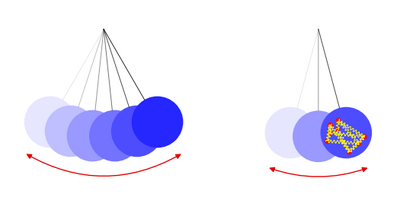
This page is still in progress.
A Brief History of Time Crystals, arXiv:1910.10745, 2019. What the paper says!?

This is a nice (unpublished, since 2019) review on time crystals.
The review focuses on closed systems (as opposed to those driven by dissipation) but still places at the centre of time crystals the driving and Floquet physics. It also emphasizes the importance of many-body physics and thermodynamic limit as opposed to the end-product phenomenology:
a time crystal is best defined as a
stable, conservative, macroscopic clock.
all known time crystals are best described as spatiotemporally ordered phases of matter.
any phenomena we wish to identify with TTSB [...] are going to be meaningful only in the many-body infinite system limit
as is well known from general discussions of ordering, it is necessary to think of a thermodynamic limit of infinite system size to define a sharp phase which breaks TTS
It is an insightful text which answers subtle questions, such as, why a frictionless pendulum not breaking a time symmetry? It is not driven, has no dissipation by assumption, why is this not "perpetuum mobile"? The answer is that, as macroscopic system, energy will leak into internal degrees of freedom, even with no dissipation. See their Fig. 2:

They include the two-level system as a counter-example of something not a time crystal, although exhibiting oscillations:

The text is worth a thorough study.